Let’s face it—paint thinner isn’t exactly the life of the party. It smells like a chemistry lab’s rejected perfume, and if handled wrong, it can turn your DIY project into a disaster movie. But here’s the kicker: proper disposal matters more than you think. Whether you’re a weekend warrior sprucing up your garage or a hobbyist with a knack for furniture flip-ups, knowing how to ditch that leftover paint thinner safely isn’t just smart—it’s a responsibility. Buckle up; we’re diving into the nitty-gritty of doing this right without setting your wallet—or the planet—on fire.
Why Proper Disposal Matters More Than You Think
Paint thinner is like that one friend who’s fun at parties but terrible at cleanup. It’s packed with volatile organic compounds (VOCs), solvents like acetone, and other nasties that can poison groundwater, harm wildlife, or even explode if stored wrong. Tossing it down the drain? Big mistake. Pouring it in the backyard? Even worse. So, what’s the alternative?
Here’s a fun fact to chew on: One gallon of improperly disposed paint thinner can contaminate millions of gallons of groundwater. Yikes. Suddenly, that half-empty can in your garage feels like a ticking time bomb, doesn’t it?
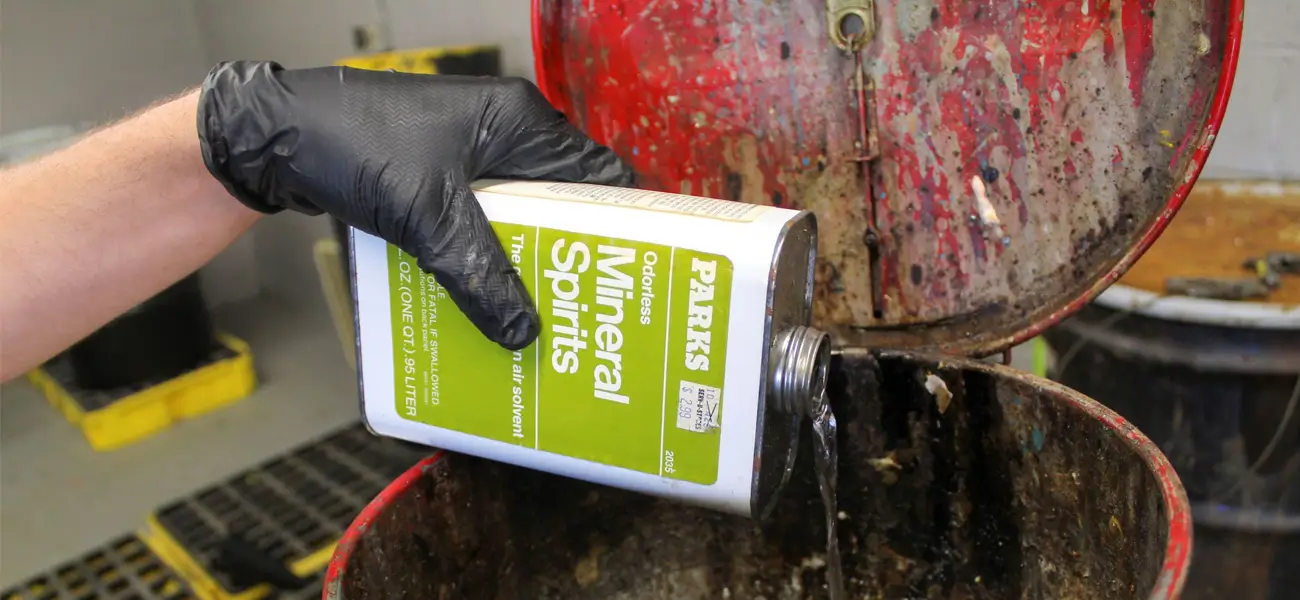
Step 1: Reuse Before You Recycle
Hold up—before you even think about disposal, ask yourself: Can this stuff still work magic? Paint thinner isn’t a one-hit wonder. With a little TLC, you can reuse it multiple times. Here’s how:
Let It Settle: After using it to clean brushes, pour the dirty thinner into a sealed glass jar. Over days, the gunk (paint particles, debris) will sink to the bottom.
Decant the Good Stuff: Carefully pour the clearer liquid on top into a fresh container. Boom—free thinner!
Filter the Rest: Coffee filters or cheesecloth can salvage even more usable liquid from the sludge.
But wait—how do you know when it’s truly dead? If the thinner stays cloudy or struggles to dissolve paint, it’s time to let go.
Step 2: Evaporation? Only If You’re a Risk-Taker
Some folks swear by leaving thinner in an open container to evaporate. Sounds easy, right? But here’s the catch: Evaporating solvents release harmful fumes into the air—bad for your lungs, worse for the ozone layer. Plus, in many areas, this method is flat-out illegal.
Quick reality check: Would you leave gasoline sitting open in your yard? Exactly. Treat paint thinner with the same respect.
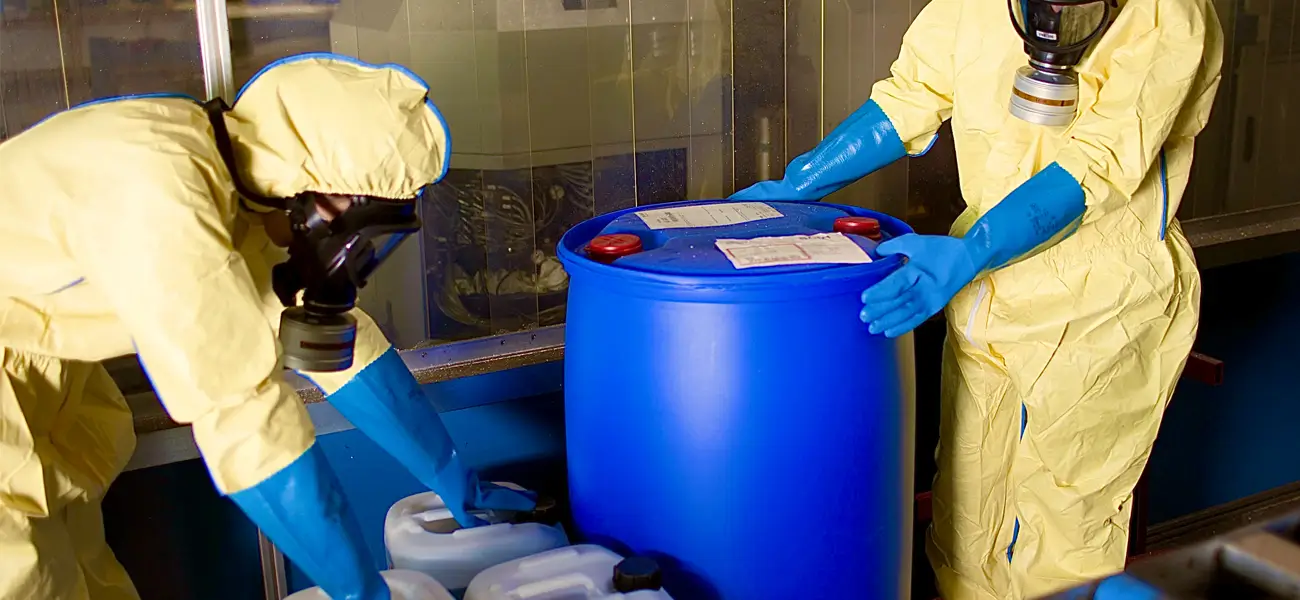
Step 3: The Right Way to Toss It—No Shortcuts!
Once your thinner is truly spent, here’s your game plan:
Find a Hazardous Waste Facility: Google “[your city] + hazardous waste disposal.” Many towns host free drop-off days—score!
Use a Recycling Program: Retailers like Home Depot or Sherwin-Williams sometimes accept old thinner. Call ahead to confirm.
Never Mix It: Combining thinner with other chemicals can create toxic reactions. Keep it solo in a sealed, labeled container.
Stuck with a giant batch? Local fire departments or environmental agencies often have guidance for large quantities.
The Game-Changer: Solvent Recycler Machines
Now, here’s where things get really interesting. If you’re a frequent user of paint thinner—say, a professional painter or a DIY enthusiast with a never-ending list of projects—you might want to consider investing in a solvent recycler machine. These nifty devices are like magic boxes for your used solvents.
Solvent recovery machine, efficient and environmentally friendly equipment, is tailor-made for industrial waste solvents. Through advanced distillation technology, waste solvents in production are converted into reusable resources, which not only saves production costs but also reduces environmental pollution. Whether it is dumping, slag discharge or other slag discharge methods, T-80 can respond flexibly to meet the needs of different scenarios. Its price is affordable, but it has the industry's top cost-effectiveness. It is an ideal choice for many companies to achieve solvent recycling, reduce production costs, and practice green production.
How do they work?
Solvent recyclers use distillation to separate the usable solvent from the gunk. You pour in your dirty paint thinner, the machine heats it up, and voilà—clean, reusable solvent comes out the other end. The leftover sludge? It’s minimal and much easier to dispose of safely.
Why bother?
Cost-Effectiveness: Over time, recycling your own thinner can save you a ton of money. No more buying new cans every month!
Eco-Friendly: You’re reducing waste and minimizing your environmental footprint.
Convenience: No more trips to the hazardous waste facility every time you finish a project.
But wait—are these machines expensive?
Yes, they can be an investment upfront, but if you’re using paint thinner regularly, the long-term savings and convenience make it worth it. Plus, you’re doing your part to protect the planet.
Here’s a pro tip: Buy only what you need. Smaller quantities mean less waste—and fewer headaches later. Opt for low-VOC or citrus-based thinners; they’re easier on the planet and your nostrils.
Did you know? Proper storage extends thinner’s shelf life. Keep it in a cool, dark place, tightly sealed. No garage shelf swings—temperature changes ruin its mojo.
Wait—What About Dried Paint Thinner?
Ah, the plot thickens. If you’ve got rags or paper towels soaked in thinner, don’t just toss them in the trash. They can spontaneously combust (yes, really). Lay them flat outdoors to dry completely first, then dispose of them in a sealed metal container.
Interactive Pit Stop: Test Your Knowledge!
“Can paint thinner ever be poured down the sink if diluted with water?”
Drumroll… Absolutely not! Water doesn’t neutralize its toxicity. Groundwater contamination doesn’t care about your dilution ratios.“True or False: Letting thinner evaporate is eco-friendly.”
False. You’re just trading liquid pollution for air pollution.
Your Choices Matter
Every time you dispose of paint thinner responsibly, you’re voting for cleaner rivers, safer neighborhoods, and a happier planet. It’s not just about ticking a box—it’s about leaving a legacy. Plus, avoiding fines (yes, illegal dumping can cost thousands) keeps your wallet plump.
So next time you’re elbow-deep in a project, remember: Being a DIY hero isn’t just about what you create—it’s about how you clean up your mess.

Solvent Recycling Equipment (90L)
Model: T-90EX
Feed capacity(L): 90
Power(kW): 5
Recovery(%): 95
View More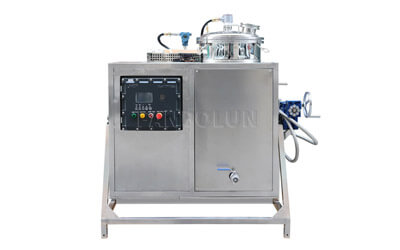
Solvent Recycler Machine (125L)
Model: T-125EX
Feed capacity(L): 125
Power(kW): 6
Recovery(%): 95
View More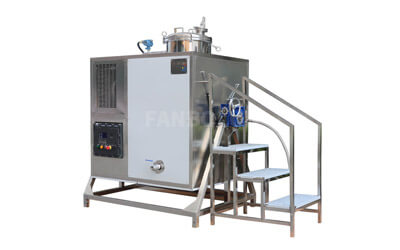
Solvent Recycling Machine (250L)
Model: T-250EX
Feed capacity(L): 250
Power(kW): 16
Recovery(%): 95
View More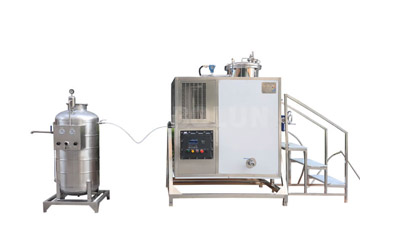
Solvent Recycling System (600L)
Model: T-600EX
Feed capacity(L): 600
Power(kW): 32
Recovery(%): 95
View More
Final Takeaway: Keep It Simple, Keep It Safe
Disposing of paint thinner isn’t rocket science, but it does require a dash of patience and a sprinkle of common sense. Reuse what you can, recycle the rest, and never cut corners. Your future self—and Mother Earth—will thank you.
Now, go forth and conquer that garage cleanup. You’ve got this! ?✨


